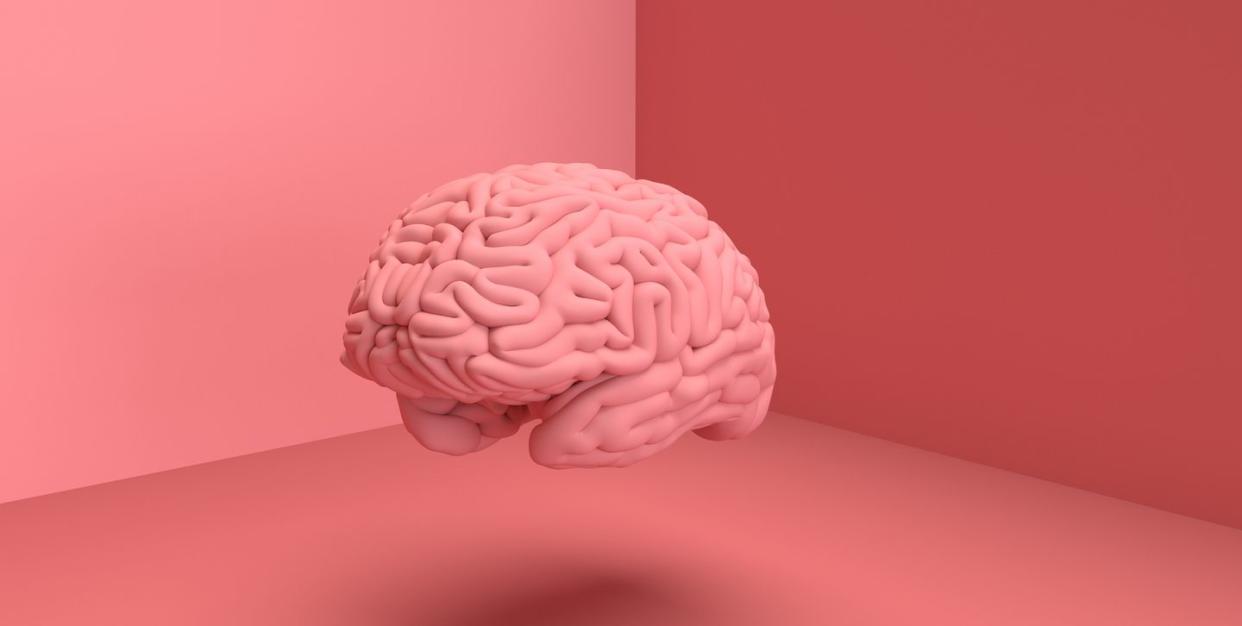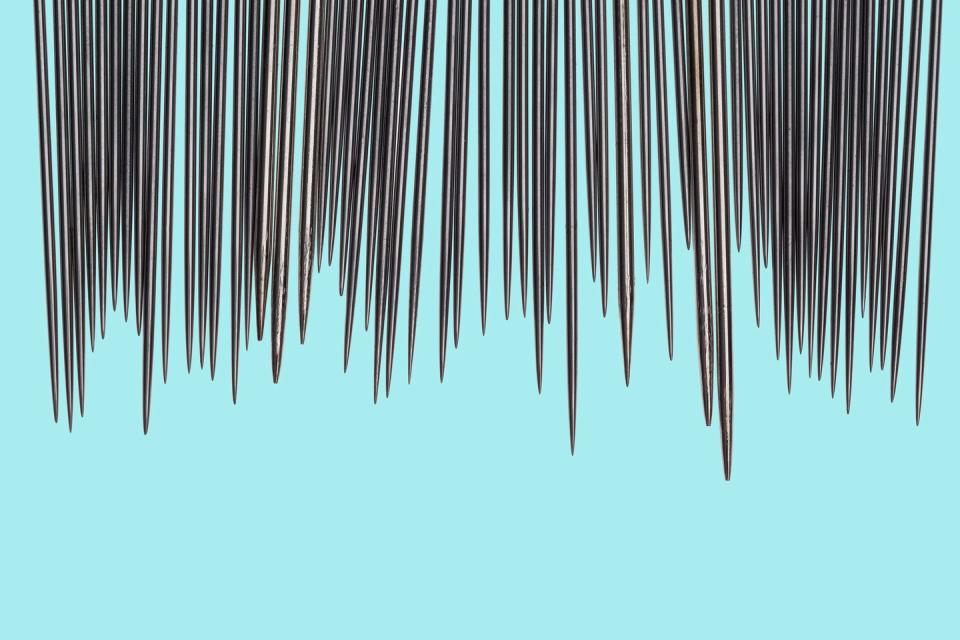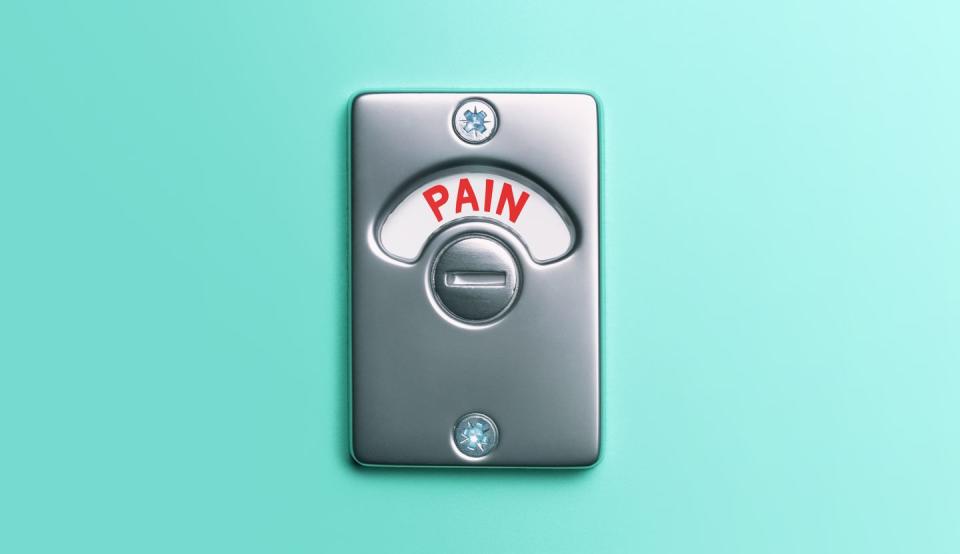Why You May Experience “Hidden” After-Effects From a Stroke

When people think of lingering symptoms after a stroke, things like facial paralysis or speech issues usually come to mind. But, depending on what part of the brain is affected, strokes can also cause “invisible” and potentially debilitating symptoms like pain, weakness, or numbness.
“These symptoms, even if not obvious to others, may lead to discomfort or chronic pain, impair sleep quality, and increase the risk of depression,” explains Eric Bershad, M.D., an associate professor of neurology and neurosurgery at Baylor College of Medicine. Knowing all the ways the body may be impacted after a stroke is important for patients and their loved ones. It’s the first step to connecting certain health issues to a stroke (it’s not always obvious that A caused B) so that you can pursue the best treatments.
Here, Dr. Bershad and other top neurologists explain the causes behind these “hidden” stroke after-effects. Plus, they share all you should know about treatments that may ease the discomfort.
If your muscles feel tight or your joints hurt
You may be dealing with spasticity, a condition often brought on by damage or disruption to the areas of the brain and spinal cord that control muscle and stretch reflexes.
“This occurs after a stroke because the motor pathways [in the brain] are affected, causing the muscles to have increased tone,” explains Vivien Lee, M.D., a neurologist and the medical director of The Ohio State University Wexner Medical Center’s Comprehensive Stroke Center. Tone is the amount of tension in the muscles, and this tension can cause issues with movement and speech and can lead to uncomfortable or even painful symptoms like muscle spasms and joint stiffness.
Treatment: This is treatable, says Jason Tarpley, M.D., Ph.D., interventional neurologist and director of the Pacific Stroke and Neurovascular Center at Providence Saint John’s Health Center in Santa Monica, California. Patients can take muscle relaxants or have botulinum toxin injections in the muscles that are impacted. “Just as botulinum toxin injections relax the muscles in your face to get rid of your wrinkles, it can be injected into your arm or other areas of the body to relax a tight muscle there,” he says. As for the muscle relaxants, they do just what you'd expect—relax tight muscles. This helps reduce tone.
If you’re struggling with numbness and unusual sensations

This is a common one: 60% of patients show sensory deficits, including numbness. Strokes can impact two important areas of the brain that control sensation: the sensory cortex and the thalamus. The sensory cortex is responsible for receiving and interpreting information about sensations from different parts of the body. The thalamus relays sensory and motor signals and regulates how alert you are, says Amit Sachdev, M.D., the medical director of the department of neurology at Michigan State University. When a stroke permanently damages those areas, you lose the ability to feel, which results in numbness, Dr. Sachdev says.
On the other hand, when those parts of the brain are damaged or healing, then you may experience irregular sensations, Dr. Sachdev says. Irregular sensations can include feeling pain when nothing external is triggering it or the feeling of pins and needles.
Treatment: Sensory retraining therapy, which an occupational therapist usually guides, may be helpful. The goal is to teach your body to regain feeling or to identify the accurate sensation in the impacted part of your body. There are two methods to help achieve this: active sensory training and passive sensory training. The active version is done by touching different textures, figures, and objects. For example, a patient may be asked to find objects without looking, sensing how different objects feel as they search. Passive sensory training involves thermal stimulation (heating and cooling) and gentle electrical pulses to re-activate the nerves. Based on your health status and initial consultation, your occupational therapist will decide which method is best for you.
If you have hand or foot pain
A stroke can impact any area of the body depending on where in the brain the stroke happens, and difficulties with hands and feet tend to occur when the cortex is affected, Dr. Tarpley says. When strokes cause pain in the hands and feet, it can worsen with movement and temperature changes, according to the Centers for Disease Control and Prevention (CDC). There are two main reasons for this, Dr. Bershad says. One is that the brain may have trouble understanding signals from the hands and feet after a stroke because the nerve pathways from those areas to the brain are damaged. Another is that spasticity can cause painful muscle contractions in any area of the body, including the hands and feet, which are often worse in cold weather.
Treatment: Treating the underlying issue can help ease the pain. For example, if the pain is caused by spasticity, treatments like botulinum toxin injections and muscle relaxers may be used, along with using gentle heat on your hands or feet if you’ve been out in the cold, Dr. Tarpley says. (Your doctor can help you identify the underlying issue.)
Research has also found that both antidepressants and corticosteroids can help with pain; antidepressants work to dull constant pain by increasing neurotransmitters in the spinal cord that then reduce pain signals, while corticosteroids may help reduce the swelling and pressure that causes the pain.
If you have other bodily pain

Since a stroke can cause abnormal processing of the sensory information from the limbs, that means it can also lead you to change how you move your body and hold yourself, Dr. Bershad says. This different posture, especially if it’s imbalanced, can lead to strain on your muscles—and, as a result, pain. As for which muscles are impacted, Dr. Tarpley says it varies. It can be back, neck, or hip pain, depending on which areas of the body are impacted by the stroke and how you try to overcompensate.
Treatment: Physical therapy, which uses exercises to help you relearn movement and coordination skills you may have lost because of the stroke, can be helpful toward recovery, Dr. Tarpley says. That can include learning certain movements to help support your affected side, as well as strength, flexibility, and range of motion exercises.
The pain and numbness after having a stroke can be difficult to deal with, but making sure your loved ones and medical care providers understand what you’re going through is crucial to ensure you get the help you need to start feeling better.
You Might Also Like

